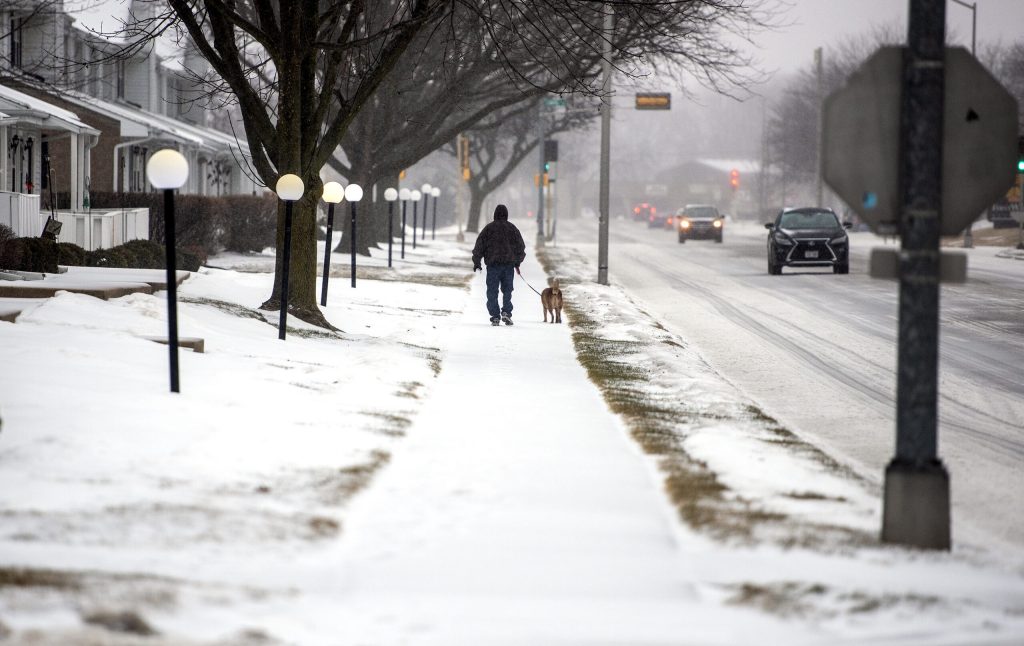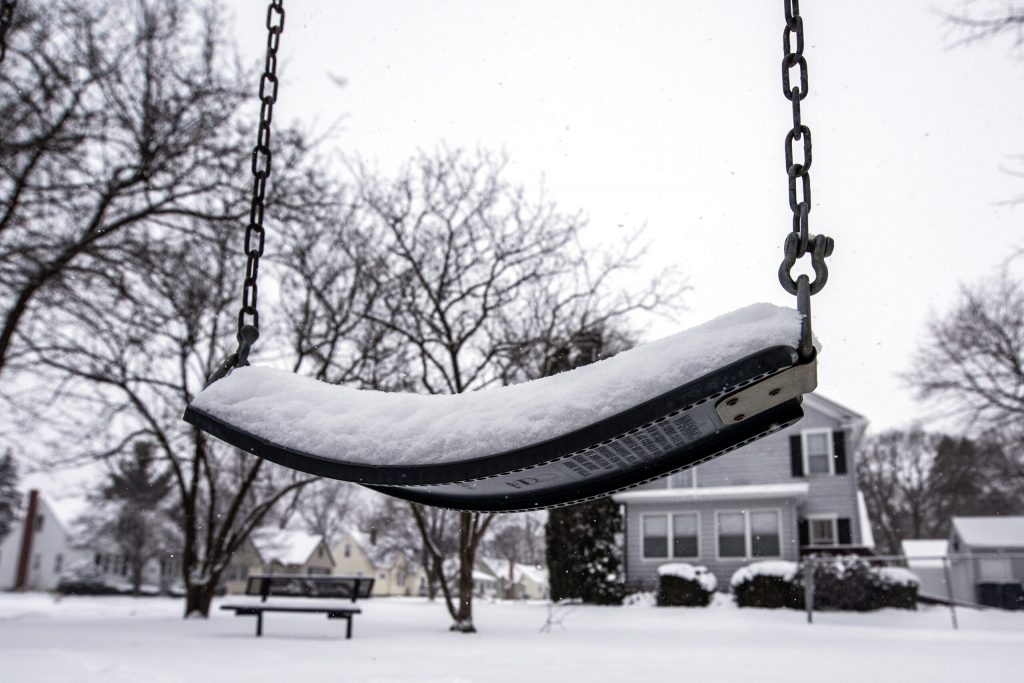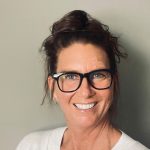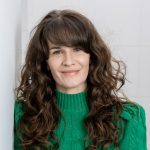How To Battle Seasonal Affective Disorder
Psychiatrist credited with discovering SAD offers tips to overcome it.

A pedestrian walks a dog during a winter storm Wednesday, Feb. 22, 2023, in Janesville, Wis. Angela Major/WPR
When Dr. Norman Rosenthal lived in South Africa, he began to notice changes in his health as the days got shorter and darker.
“Then in the springtime, I would say to myself, well, what was that all about? Why were you fussing? You’re fine,” he said. “And it would happen each year for three years.”
According to the American Psychiatry Association, 5 percent of U.S. adults experience SAD for an average of about 40 percent of the year.
Some tips are especially useful in easing cases of SAD, including treating yourself with compassion and finding ways to ground yourself.
Rosenthal brings us some of those tips in his newest book, “Defeating SAD: A Guide to Health and Happiness through All Seasons.” He’s the psychiatrist and researcher credited with naming SAD, and recently joined WPR’s “The Larry Meiller Show.”
What is SAD?
Symptoms of seasonal affective disorder include lack of energy, fatigue, increase in appetite, weight gain and withdrawing from social environments, Rosenthal said. The symptoms come on with the onset of less sunlight in the fall and winter months.
January and February tend to be the worst months for people who experience SAD, and symptoms lighten as spring starts to blossom.
“The timing of the depression is key,” Rosenthal said. “So if you have it every winter and you’re better every summer, that is really the hallmark of (classic) seasonal affective disorder. If you have it all year round, then probably not. But they can be mixed together. People might suffer from depression most of the year, and then it gets worse in the winter, and so they may have a basic depression overlaid with a seasonal component.”
Some people also experience a form of SAD in the summer months.

Snow accumulates on a swing at the beginning of a winter storm Thursday, Dec. 22, in Janesville, Wis. Angela Major/WPR
Light therapy and medication
Rosenthal said the “three legs” of SAD are one’s biology, stress levels and the amount of light they take in.
In his studies, it’s evident that light therapy is effective via the eyes. This can come from direct sunlight outside or through a window, or a light box.
“The one that we’re talking about here is visual light coming in through the eye. That said, you don’t need to stare at it. It’s enough that the light kind of shines on your face,” he said.
It’s also important to get outside and do your best to get direct sunlight, especially with daylight savings.
“With the clocks being turned back, you get the extra hour in the morning, but the hour in the afternoon is taken away from you,” Rosenthal said. “And most people are up and around in the afternoon, and can benefit from that light. But if you sleep halfway through that morning benefit, then you lose that morning light.”
Even on days when the sky is mostly grey, Rosenthal noted you can get the light you need from sunlight bouncing off snow on the ground.
“Definitely don’t lie in bed with the covers over your head,” he said. “That’s kind of the worst thing that you can do.”
Rosenthal said many of his clients with SAD utilize both light therapy and antidepressants. There is not a known definitive cause for SAD, but he said some studies suggest there are seasonal rhythms to one’s serotonin levels.
“The most important word in the book (“Defeating SAD: A Guide to Health and Happiness through All Seasons”) is: combine. Don’t look for just one magic cure,” he said. “It’s often a matter of putting together different things that each contribute in their own way.”
SAD onset is early adulthood
Dr. Ellen Marks is the interim director of Mental Health Services at the University of Wisconsin-Madison. She, too, said SAD derives from a range of factors and should be approached holistically.
Marks said SAD exists on a spectrum and can affect people with varying levels of severity. She encourages the normalization of SAD through education and discussion.
Marks noted SAD is most common and frequent between the ages of 18 and 30.
Marks stressed that feeling less energetic in the winter months is a normal biological response to the natural world. Many people struggling with SAD already grapple with self-criticism, which can be exasperated as their moods seasonally dwindle.
“In my experience, one of the biggest challenges for college students is — because they’re such high-achievers — they can interpret the changes that they experience, the challenges that they experience in the winter, as like a personal deficit, instead of a biological response to your environment,” she said. “So in addition to experiencing some of the symptoms of seasonal depression, they experience this self-criticism and shame and guilt, which just adds to the suffering.”
“We’re not robots, right?” Marks said. “And so we shouldn’t expect ourselves to show up day after day in the exact same way when we have natural changes that exist because we’re human beings.”
Dr. Marks’ recommendations
- Develop a regular sleep routine. We can’t rely on the natural light for setting our daily schedule, so we must be more intentional about our routines and sleep schedules.
- Find ways to stay physically active, particularly indoors.
- Make time for socializing and connection.
- Eat balanced, nutritious meals and do so regularly.
- Take advantage of when there is daylight.
- Check out different workshops, counseling and education opportunities.
- In Madison, the city public libraries offer light therapy boxes for check out, called HappyLights. Marks recommends checking with a medical provider before making light therapy part of your daily routine.
- For more UW-Madison mental health resources, visit here.
‘Don’t look for just one magic cure’ to your seasonal depression was originally published by Wisconsin Public Radio.
If you think stories like this are important, become a member of Urban Milwaukee and help support real, independent journalism. Plus you get some cool added benefits.




















